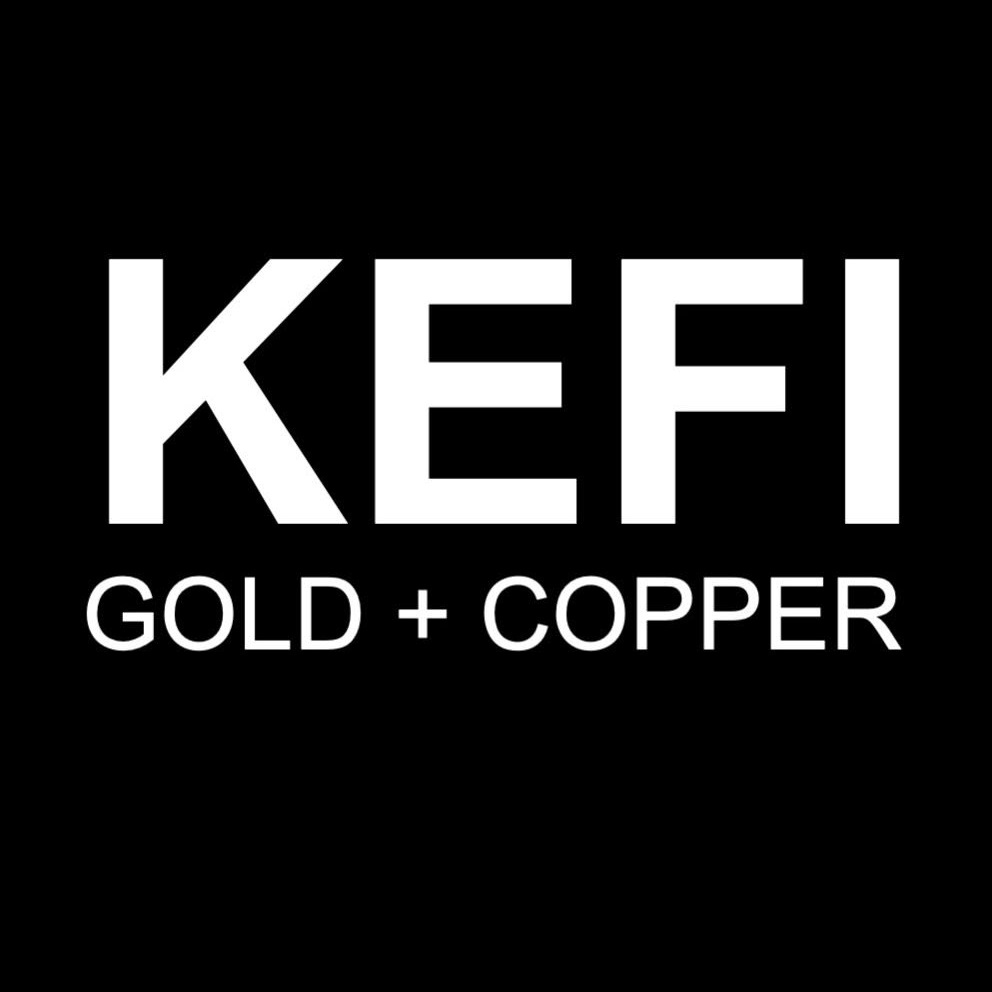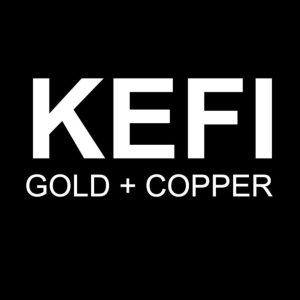Gold’s price (XAU/USD) has remained stable due to multiple supportive factors. Expectations for Federal Reserve rate cuts and escalating tensions in the Middle East have limited the downside for gold prices. Concerns about a potential economic slowdown in the US, exacerbated by high interest rates, have increased the likelihood of substantial Fed rate cuts.
Despite these expectations, US economic data has not shown significant signs of a slowdown. Although the ISM Manufacturing Purchasing Managers’ Index (PMI) contracted more than anticipated in July, the service sector, which constitutes two-thirds of the economy, continued to expand robustly. Chris Williamson, chief business economist at S&P Global Market Intelligence, noted that July’s surveys indicated ongoing economic growth at the start of the third quarter, comparable to a 2.2% annualised GDP growth rate.
Geopolitical tensions have also bolstered gold’s safe-haven appeal. Conflicts between Iran and Israel have intensified, with Saudi Arabia condemning the killing of a Hamas leader in Tehran as a ‘blatant violation’ of Iran’s sovereignty. Israel has also vowed to eliminate the new Hamas chief, Yahya Sinwar.
Investors are turning their attention to the US Initial Jobless Claims data for the week ending August 2, set to be published at 12:30 GMT. The Department of Labor is expected to report that first-time jobless benefit claims were 240,000, slightly lower than the previous figure of 249,000.
Gold has recovered from a two-day low of $2,380 during Thursday’s European session. Expectations that the Fed will start reducing interest rates from September have helped gold maintain its ground. Additionally, some corrections in the US Dollar (USD) and bond yields have provided support to gold prices. The US Dollar Index (DXY), which measures the Greenback’s value against six major currencies, has dropped to around 103.00 from a three-day high of 103.37. Meanwhile, 10-year US Treasury yields have fallen to approximately 3.90%. Historically, lower yields on interest-bearing assets benefit non-yielding assets like gold by reducing the opportunity cost of investing in them.
According to the CME FedWatch tool, 30-day Federal Funds futures pricing data indicates that traders consider a 50-basis point cut in interest rates in September imminent. The data also suggests that the Fed will lower its key borrowing rates by more than 100 bps this year. Market speculation about the Fed adopting an aggressive policy stance has been fueled by softening labour market conditions, including slower job growth and a rising unemployment rate in July.
The gold price remains stable due to growing expectations of Fed rate cuts and rising geopolitical tensions. These factors, combined with recent economic data and market conditions, have limited the downside risk for gold, making it a preferred safe-haven asset.
London-listed company KEFI Gold and Copper plc (LON:KEFI) is an exploration and development company focused on gold and copper deposits in the highly prospective Arabian-Nubian Shield. The Company operates in Ethiopia and Saudi Arabia with projects including Tulu Kapi project, Jibal Qutman EL and Hawiah.



